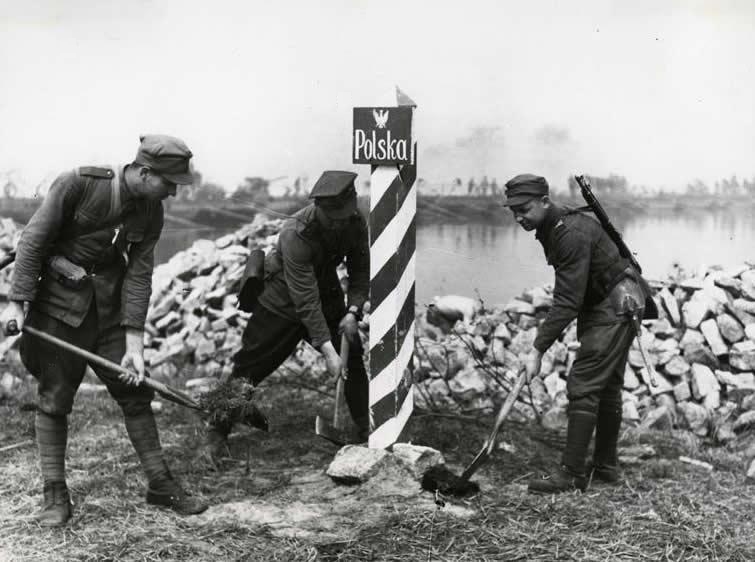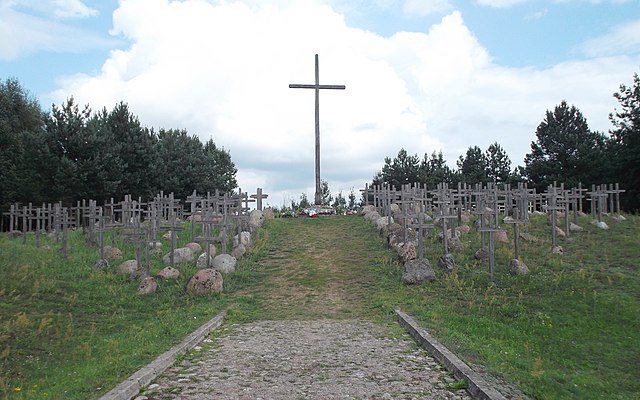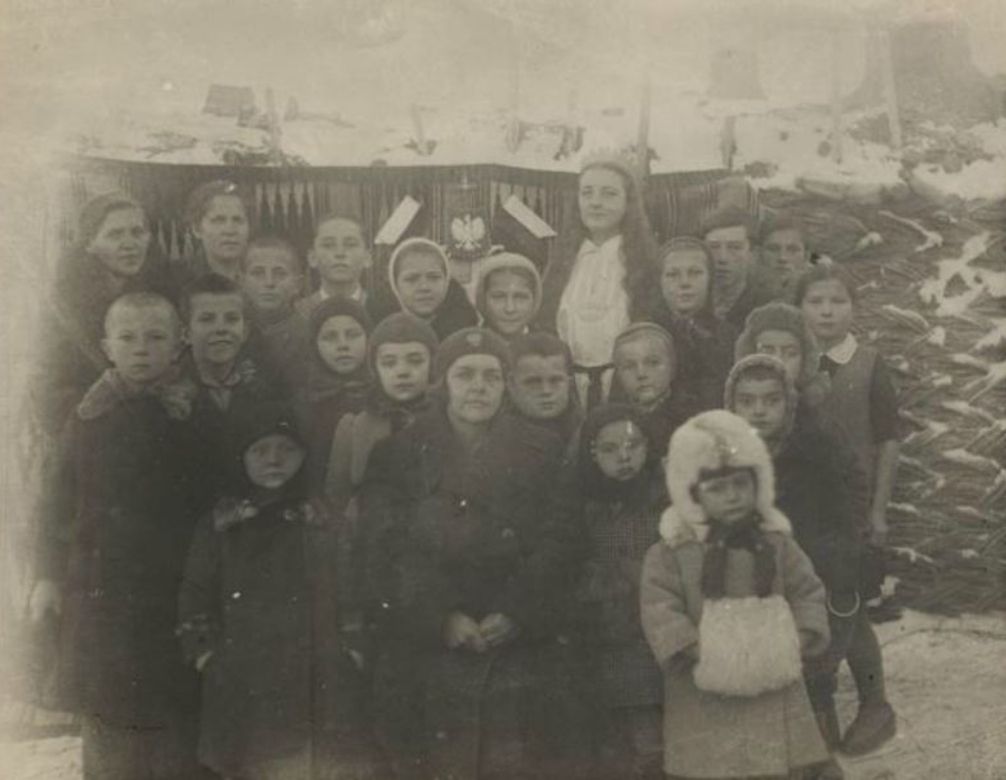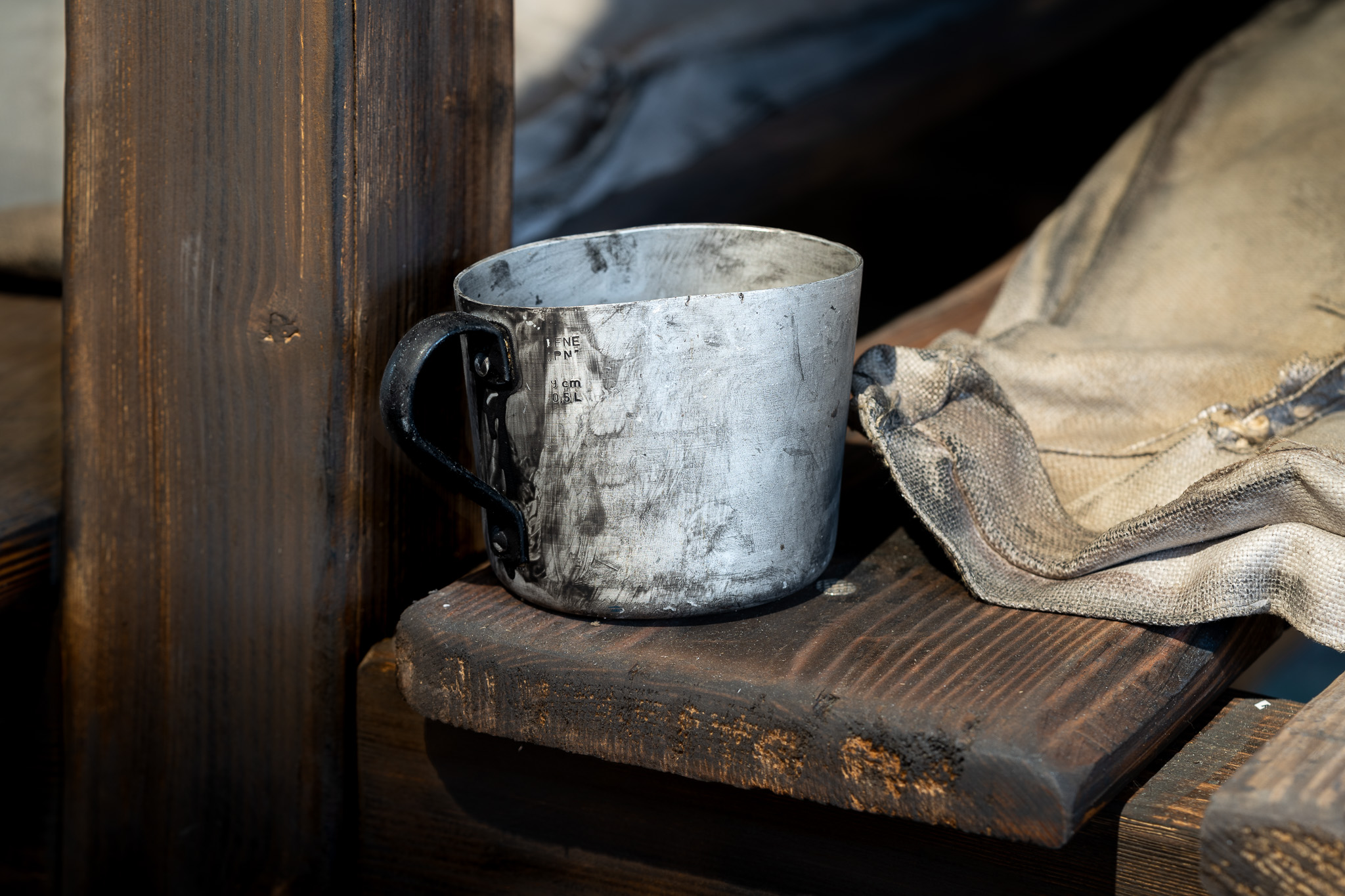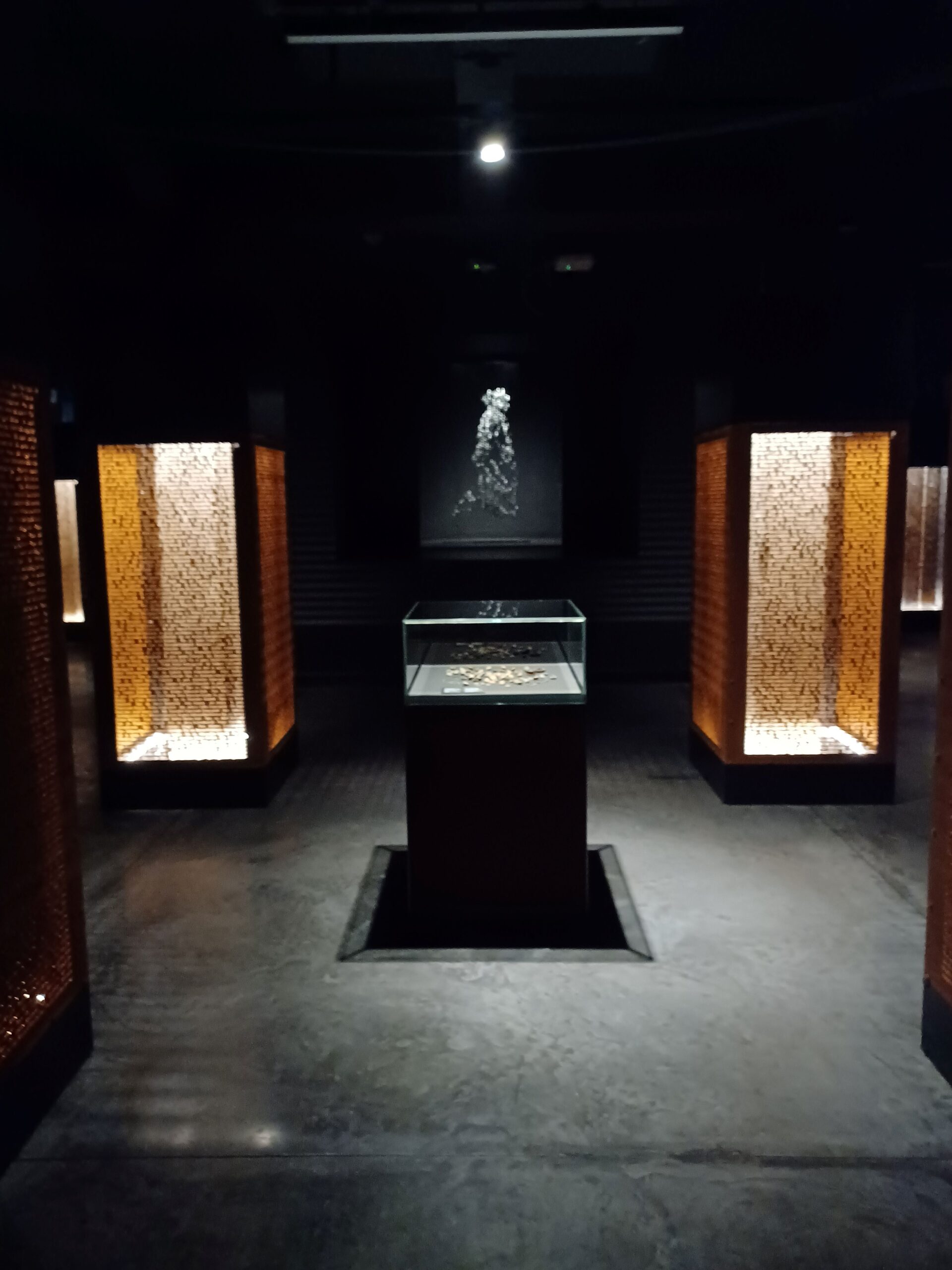After fierce combats in the northern part of the Italian Peninsula, Polish soldiers triumphantly entered Bologna.
The last weeks of the World War Two in Europe. Last, but critical engagements, and at the same time, more victims. In the morning of 16 April 1945 the operation of crossing the Oder river started, in which soldiers of the First Polish Army took part. Among the Polish units the First Infantry Divisio
For several decades after the war, families referred to the victims of the Roundup as “missing” because they did not know their fate. Many believed that they had been deported to Sybir, and that they would one day return. It was not until 2011 when Nikita Petrov, a researcher from the (now illeg
The date of 11 November 1918, being the day on which Poland regained its independence, is a symbolic date. Exactly on that day, an armistice ending the First World War was concluded in a wagon in the forest of Compiègne.
Helena Grodecka-Możdżeniowa, was one of about 90,000 victims of the third great deportation, which began on 29 June 1940. Most of those deported were refugees from the German occupation, mostly Jews. Poles accounted for about 11 per cent.
On April 3,1940, the first “death transport” of Polish prisoners of war set off from the Kozelsk camp.





